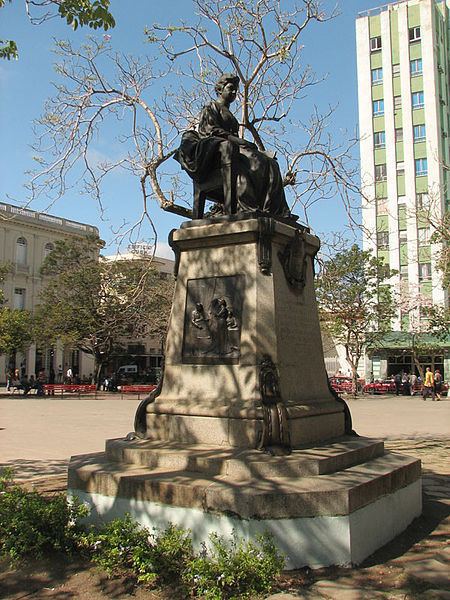Name Marta Abreu | ||
 | ||
Died January 2, 1909, Paris, France | ||
Marta abreu n 1 or genes familiares
Marta Abreu de Estévez (13 November 1845 – 2 January 1909) was one of the most influential figures of her time in central Cuba, especially in her birth city and province of Santa Clara. For her constant aid to the poor, her donations to the city and the independence war, she won the title of “the great benefactor”.
Contents
- Marta abreu n 1 or genes familiares
- Marta abreu n 6 varias obras y aportes de marta y de rosal a abreu
- Marta today
- Her legacy
- Remembering Marta
- References

Her wealth enabled Marta Abreu to travel Europe and the United States from a very young age which brought her into contact with key figures of her time and allowed her to appreciate the differences between most developed countries and her own, and how difficult Cubans had it, specially in small hinterland cities and towns. She married Luis Estévez y Romero, a lawyer and University professor from Havana who was also kin of the independence cause and helper of the poor; in time this allowed Marta to fulfill her philanthropic dreams. She died at her home in Paris, after having moved to Europe because of her husband's poor health.
Marta is recognized in Cuba as the precursor of Social Services; she greatly loved her city and because of this love today we can appreciate her work in still standing structures all over. But is without doubts more important the huge amounts of money she also donated to every kind of causes; social, civic, artistic, catholic and the independence from Spanish Colonialism. She donated to this cause only an elevated sum of 240,000 pesos that we know of. In today's currency this would be millions of US dollars.

Marta abreu n 6 varias obras y aportes de marta y de rosal a abreu
Marta today

Nowadays Marta's reputation has been eclipsed by that of another important revolutionary iconic figure: Ernesto Che Guevara. Santa Clara once literally known as “the city of Marta” was changed to “the city of Che” when in the 1990s the arrival of the remains of Che and his companions were discovered in Bolivia and brought back to Cuba. Che and his rebel mates were on display inside the public library of the city “Biblioteca Marti” ironically Marta Abreu’s former house and one of her many donations to the city. Once the remains found definitive place on the famous Che Monument local authorities decided to change the motto of the city. Soon after this became a point of discussion with the locals, who aren't against honoring Che but are also loyal to the history of Marta and her city.
Her legacy

